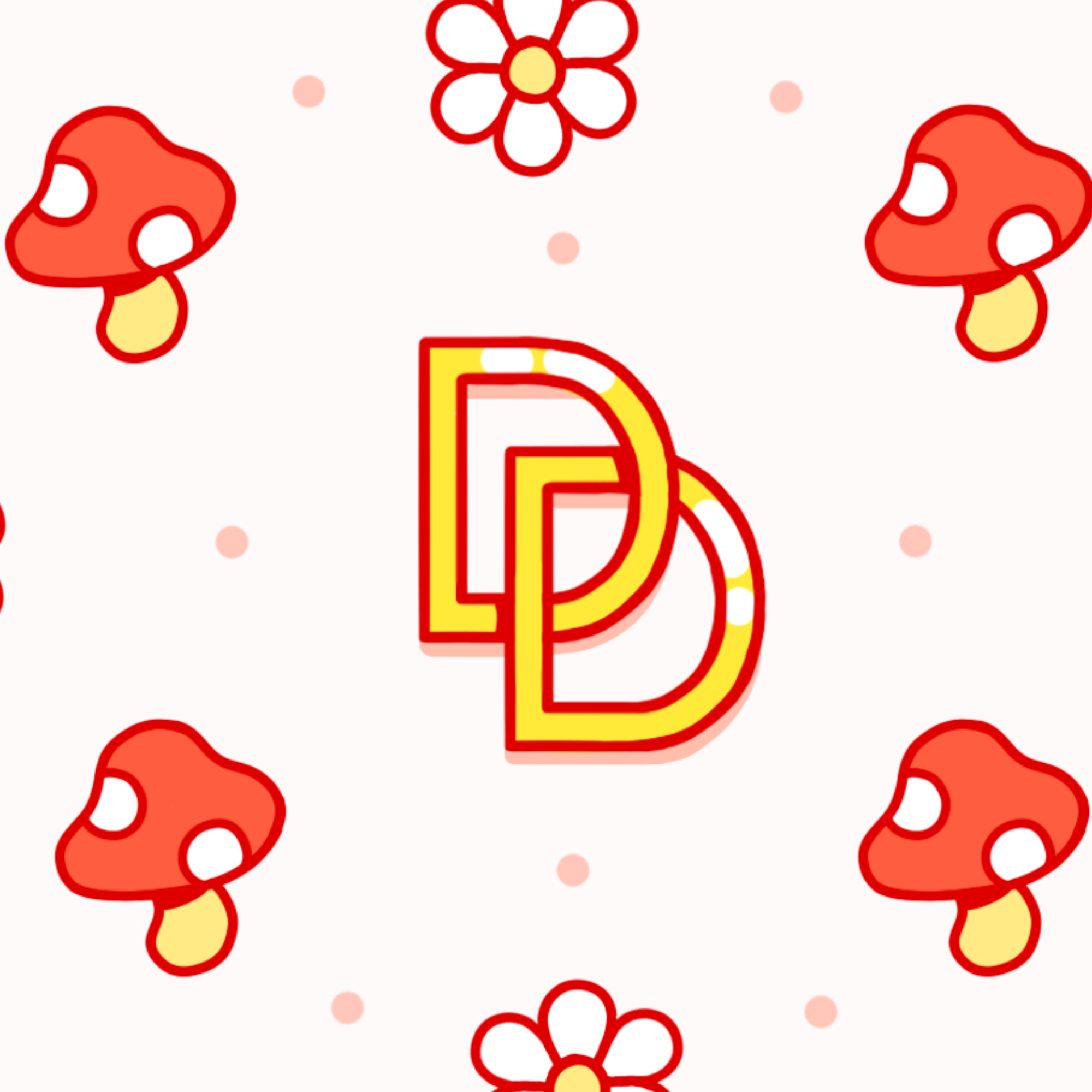
Illustration by Kyle Knapp
Terry Nguyen on how the Chinese term “shanzhai” offers a different way to think about dupes.
The black tank top was bedazzled with the phrase “bad bebe gurl” across the chest. The plastic jewels caught my eye, though it was clear to anyone with a modicum of fashion awareness that the garment was an off-brand, polyester dupe. It wasn’t a bebe top; the addition of the words “bad gurl” gave it away. I had plucked the shirt off a rack in a store that also sold counterfeit designer bags and shoes, a business endeavor that was, however legally dubious, quite common in my hometown’s various Vietnamese-run strip malls.
At the time, I was in middle school, keen on developing my own fashion rubric from the many high-fashion Pinterest boards and catwalk Tumblr accounts I trawled through daily. I had the sense that bebe was a gauche brand. It was athleisure-adjacent casualwear for middle-class moms who sported French tips. Yet, the fact that the top was so clearly a fake made it all the more appealing. Wearing its whimsical message felt like a dare. It cost me nine bucks, which was not an insignificant amount of money for a teenager. But I only ever wore it to bed before eventually losing it when I moved to college.
In later years, however, the bedazzled “bad bebe gurl” tank would resurface in my memory whenever I encountered Instagram accounts like @goodshirts, @chinglish.poetry, and @shanzhai_lyric. Their feeds consisted of images of garments with peculiar phrases spotted in the wild. Admittedly, my lost top was more subtle in its trademark infringing silliness, compared to the warped or misspelled logos (The North Feng; Victonia’s Sugar), garbled aphorisms (We Life In A Society), and nonsensical screen tees (a shirt with a cartoon pig above the phrase “The Welsh teenager who wrotea hit film”) found on these pages. Seen altogether, the garments present a strangely poetic message on the impenetrable vastness of the global supply chain.
The Chinese have a term for this, called “shanzhai.” Shanzhai refers to a genre of products that are counterfeits, imitations, or parodies of existing—often trademarked—goods. They are not exclusive to garments, nor are they always created with the intent to deceive buyers or observers into thinking they’re authentic. In fact, a crucial element to shanzhai is playfulness and jest, a lighthearted attitude born out of Chinese consumers’ proximity to mass manufacturing.
GOOD FAKES
 | Aug 23, 2022 Where does The Rehearsal end? |
 | Jun 15, 2023 A fake deep fake. |
|
THE DIRT REVIEW OF DUPES
|  | Jul 5, 2023 |
|
|  | Jul 6, 2023 |
|
|  | Jul 7, 2023 |
|
|  | Jul 10, 2023 |
|
|  | Jul 11, 2023 |
|
|  | Jul 12, 2023 |
|










